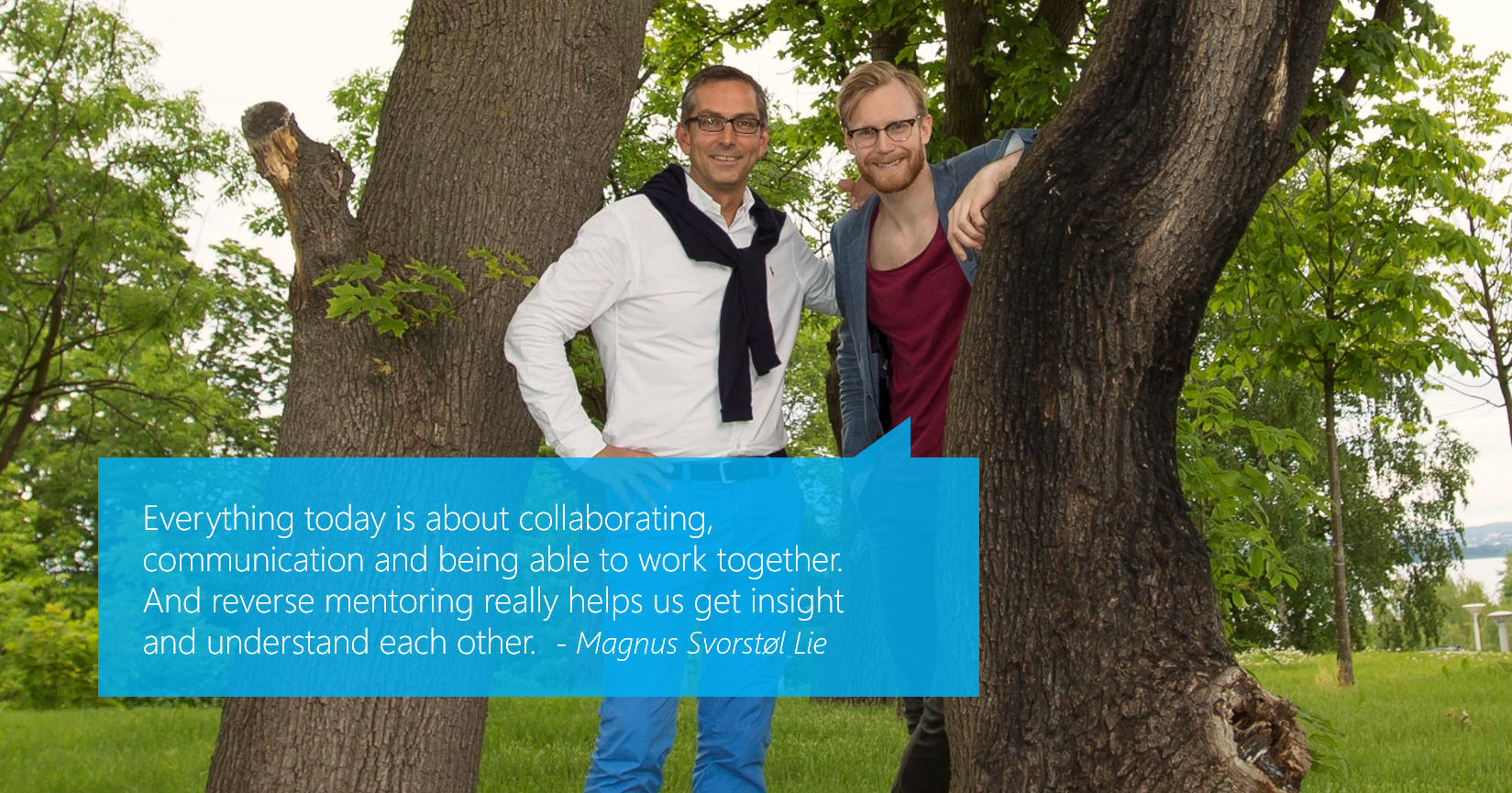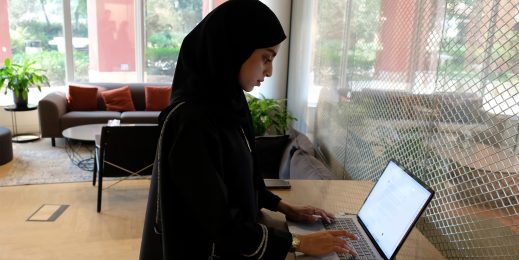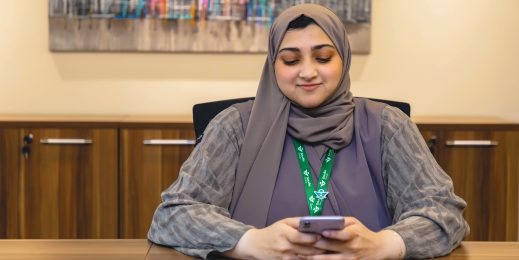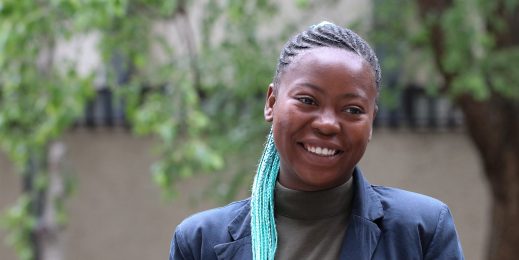
Reverse mentoring: How millennials are becoming the new mentors
Magnus is 28. He’s Norwegian, tech-savvy, likes a good run and has a passion for numbers. He joined Microsoft Norway a little over a year ago, wears sneakers at work and just happens to be mentoring the big boss. Who said experience was the best teacher?
In our fast-paced world flooded with social networks, new technology, digital natives and the likes of Minecraft, the need to keep up has never been greater. By 2020, millennials will represent half of the global workforce and are already well on their way to becoming the majority. With as many as 5 generations working side by side in today’s workplace, European leaders are confronted as never before with a growing generational gap, shifting expectations, as well as the constant need to stay on the cutting ‘digital’ edge.
To help, more and more senior executives are turning to their younger colleagues for insight and guidance. Traditional mentoring as we know it has shifted into reverse, turning Gen Y into the must-have mentors for senior leaders who want to stay ahead.
Reverse mentoring helps me get insight into the next generation, who they are, what they value and how to communicate with them. I’ve never experienced anything like it in my career before.
Michael Jacobs, General Manager, Microsoft Norway
At Microsoft Norway, Michael Jacobs, General Manager, regularly meets with Magnus Svorstøl Lie, Partner Sales Executive hired through the Microsoft Academy of College Hires (MACH) program, for one-on-one sessions in flipped mode. Michael gets coaching on topics ranging from new digital communication tools to workplace trends, while Magnus gets valuable insights into leadership and a glimpse at the larger picture.
We sat down with both of them to learn more about this disruptive approach to mentoring, and to see how it’s working out for them.

For a seasoned leader like Michael, mentoring has always been a key component of leadership, and essential to any aspiring and healthy organization. However, he wasn’t totally sure what to expect when he accepted to participate in Microsoft’s reverse mentoring program. “Traditional mentoring normally involves a seasoned exec showing the ropes to a younger and often less experienced colleague. Here it’s the complete opposite: digital natives, new to the world of work, with completely different social behaviors and backgrounds are coaching senior leaders on what the workplace should look like, what drives younger talent, and how to move forward,” explains Michael.
The biggest challenge between generations X and Y, is that X needs to manage Y, and Y needs to adapt to X. And reverse mentoring does exactly that, it’s a bridge-builder between our generations.
Magnus Svorstøl Lie, Partner Sales Executive & MACH
The reverse mentoring program was initially kicked off at Microsoft Austria in 2014, and is now being rolled out in other European countries. For Kristin Ruud, Human Resources Lead at Microsoft Norway, turning to millennials for insight is key to business success. “Generation Y consumes services in a completely new way. Beyond the clear ability of the Gen Yers to drive business impact through their day-to-day core work, there are also invaluable insights to be harvested through full engagement with this group, insights that will help ensure we are able to meet the needs of a demanding consumer market.”

For Michael and Magnus, joining the program has helped broaden their horizons, build trust, share technical skills such as social media optimization, and even make concrete changes to day-to-day routines. Rethinking how the middle management communicates within the organization and empowering millennials to speak up with questions or concerns are examples of changes initiated by their conversations. Besides, and as a direct result of the program, Michael has asked the Norwegian MACH community to plan the new fiscal year’s kick-off session in September. “They think differently and see things differently, and we wanted to give them a chance to show it in a concrete project,” explains Michael.
We’ve gone much more digital, and I can see how that positively impacts our teams. We’ve changed the way we use social media, Yammer, and visuals in everything we do. We are continuously picking up a lot of new things.
Michael Jacobs
The reverse mentoring sessions take place every two months and span across a wide range of topics. Magnus sets the agenda for each meeting, and makes sure it aligns with Michael’s expectations. “Magnus is mentoring me on what the workplace should look like going forward, what his generation is interested in, what they are looking for, how we can make ourselves attractive for young talent, and last but not least, how we make sure we stay relevant to them both as a potential employer and as an important customer segment,” explains Michael. Understanding what makes the millennials truly ‘tick’ is another way for Michael to open his mind to new marketing ideas.
Finally, for Michael it hasn’t only been about learning new tricks, but also about challenging himself: “If you want to learn something, you need to explore new ideas. By reversing the mentoring approach, and letting Magnus steer the wheel, I’ve been able to reflect on my own leadership and how it resonates throughout the organization,” explains Michael.
It’s all about sharing thoughts, insight, raising questions and getting to understand each other.
Magnus Svorstøl Lie
By flipping the mentoring relationship, Gen Xers, Yers and Boomers are learning to better collaborate and leverage each other’s strength. “It’s all about dialogue, balance, and trust,“ says Magnus. Reverse mentoring is a two way street, and done well, it can add unexpected – and often invaluable – perspective for both sides of the mentor-mentee relationship, helping today’s leaders drive stronger business impact and giving tomorrow’s leaders an early peek at the view from the top. A true win-win.
.
.
.















